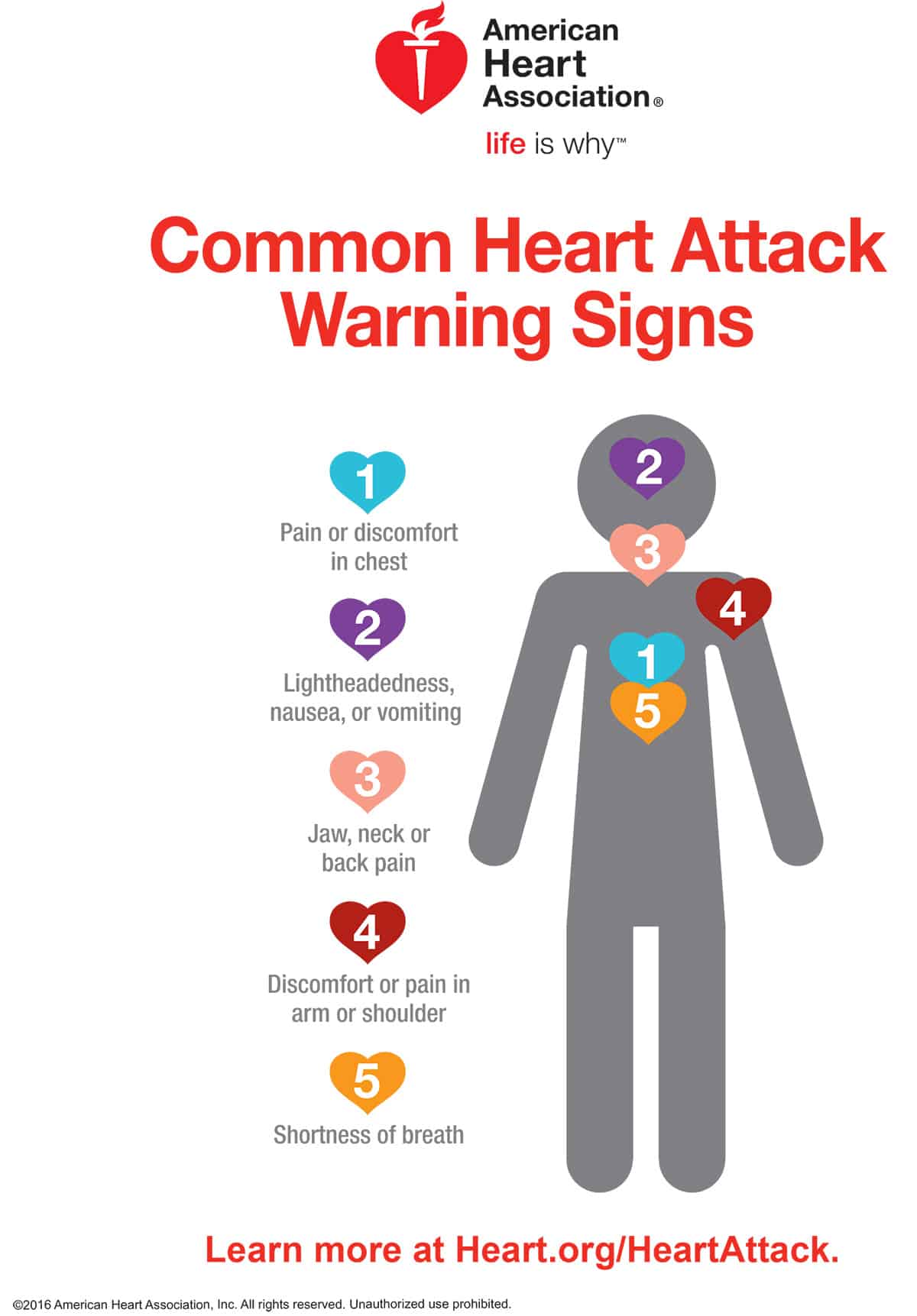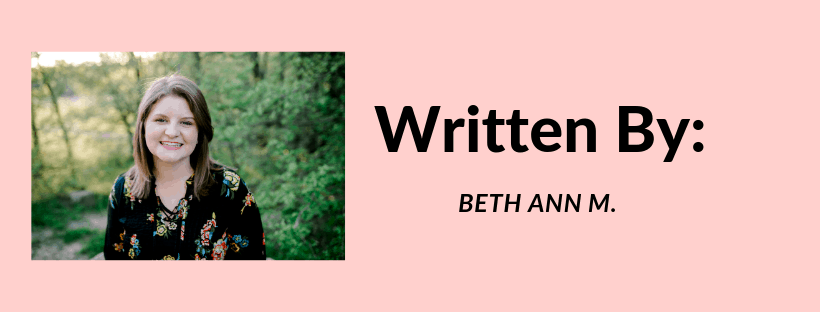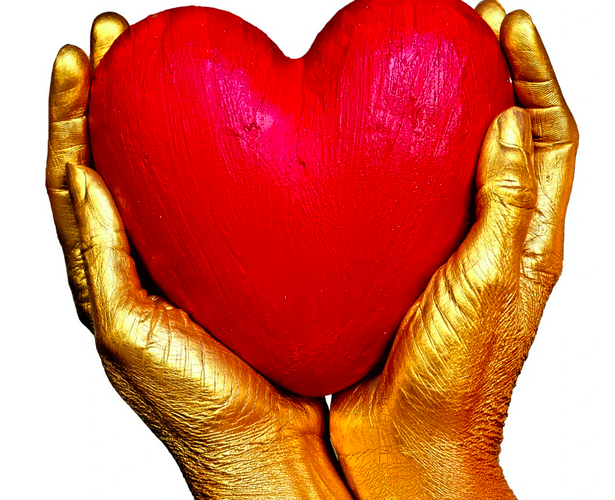Experiencing a heart attack can be frightening. Many people don’t even know the signs of a heart attack. A teacher of mine lost her dad to one because he thought he was just exhausted from yard work. Knowing the signs and symptoms is very important.
What is a Heart Attack?
A heart attack occurs when the blood flow that brings oxygen to the heart muscle is cut off or greatly reduced. The buildup of fat, cholesterol, and other substances make up plaque in the arteries. When the amount of plaque becomes too great, the blood flow becomes narrowed, causing a heart attack. If the plaque within a heart artery breaks, blood clots will form around the plaque. This can also cause a block in blood flow to the heart. When the heart muscle becomes starved for oxygen and nutrients, ischemia occurs. When damage or death of an area of the heart muscle occurs as a result of ischemia, it’s called a heart attack or myocardial infarction (MI).
The Signs
If you experience any of the following signs, call 9-1-1 and get to the hospital right away. Even if they go away within a few seconds, it is better to be safe.
1). Uncomfortable pressure, squeezing, or pain in the center of the chest. It can last for a few minutes or come and go.
2). One or both arms, back, neck, jaw, and stomach experience pain and/or discomfort. 
3). Shortness of breath occurs with or without discomfort in the chest.
4). Breaking out in a cold sweat, nausea, or lightheadedness.
“Although men and women can experience chest pressure that feels like an elephant sitting across the chest, women can experience a heart attack without chest pressure,” said Nieca Goldberg, M.D., medical director for the Joan H. Tisch Center for Women’s Health at NYU’s Langone Medical Center and an American Heart Association volunteer. “Instead they may experience shortness of breath, pressure or pain in the lower chest or upper abdomen, dizziness, lightheadedness or fainting, upper back pressure or extreme fatigue.”
For more information on women and heart attacks click here or go to the American Heart Associations website.
Can I recover?
Yes. Soon after a heart attack occurs, the heart muscle will begin to heal. For a full recovery this process takes about eight weeks. Scar tissue will more than likely form in the damaged area too. However, scar tissue does not contract or pump as well as healthy muscle tissue does. As a result, the extent of how damaged the heart muscle is can impact how well the heart will pump blood throughout the body. To learn more about heart attack recovery, click here.
Ways to Help Prevent a Heart Attack
Though there are some uncontrollable factors such as age, gender, family history, and race, there are ways to help prevent a heart attack.
1). Control your blood pressure. A major risk factor for heart disease is high blood pressure. Most adults should get their blood pressure checked at least once a year, more often if you have high blood pressure.
2). Keeping your cholesterol and triglyceride levels under control. Having high levels of cholesterol will clog your arteries and raise your risk of coronary artery disease and a heart attack.
3). Maintaining a healthy weight. Being overweight increases your risk factor for heart diseases. Controlling your weight reduces these risks.
4). Eating a healthy diet. Limiting saturated fats, foods high in salt, and added sugars is a big deal. Eating plenty of fresh vegetables, fruits, whole grains, and fish has tons of health benefits and they’re all heart healthy.
5). Managing stress and not smoking. Cigarette smoking raises blood pressure and puts a person at a much higher risk for a heart attack and a stroke. Stress also raises blood pressure. Extreme stress has been known to “trigger” heart attacks.
6). Exercising regularly. This doesn’t have to be going to the gym everyday, it can be going for a 2 mile medium paced walk around a park or neighborhood.
Ways to Lower Your Risk of a Second Heart Attack
1). Taking the medications your doctor has prescribed you. Forgetting to take a dose or forgetting a refill can lead to huge health problems.
2). Following up with your doctor.
3). Participate in cardio rehab. Participating in cardiac rehab helps improve your physical and emotional recovery by increasing physical fitness, helping you adapt to heart healthy living, and addressing sources that can cause you stress.
4). Manage risk factors such as smoking, high cholesterol, high blood pressure, and diabetes.
5). Lastly, getting support. Sharing your story to recovery with friends, family, and other survivors can help reduce any loneliness and anxiety.
Heart attacks are frightening, but being educated on how to prevent them and the warning signs can help save a life.

